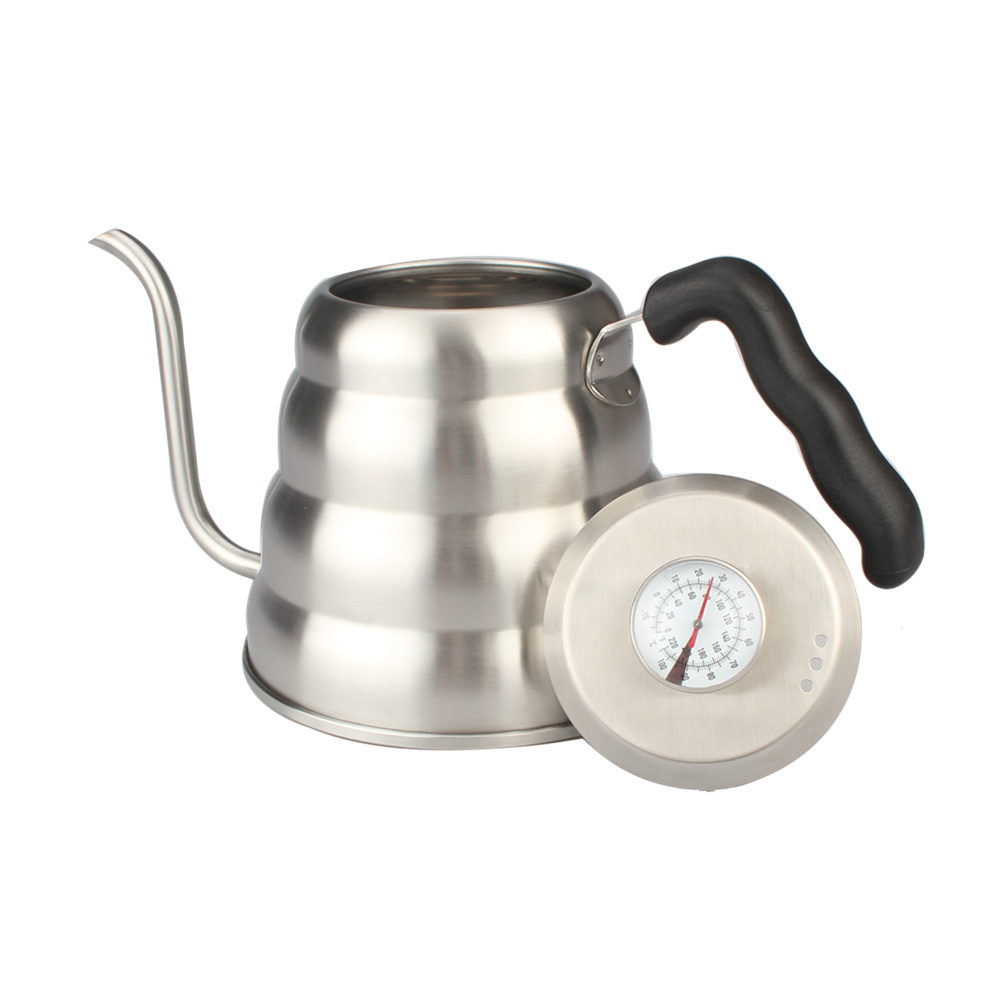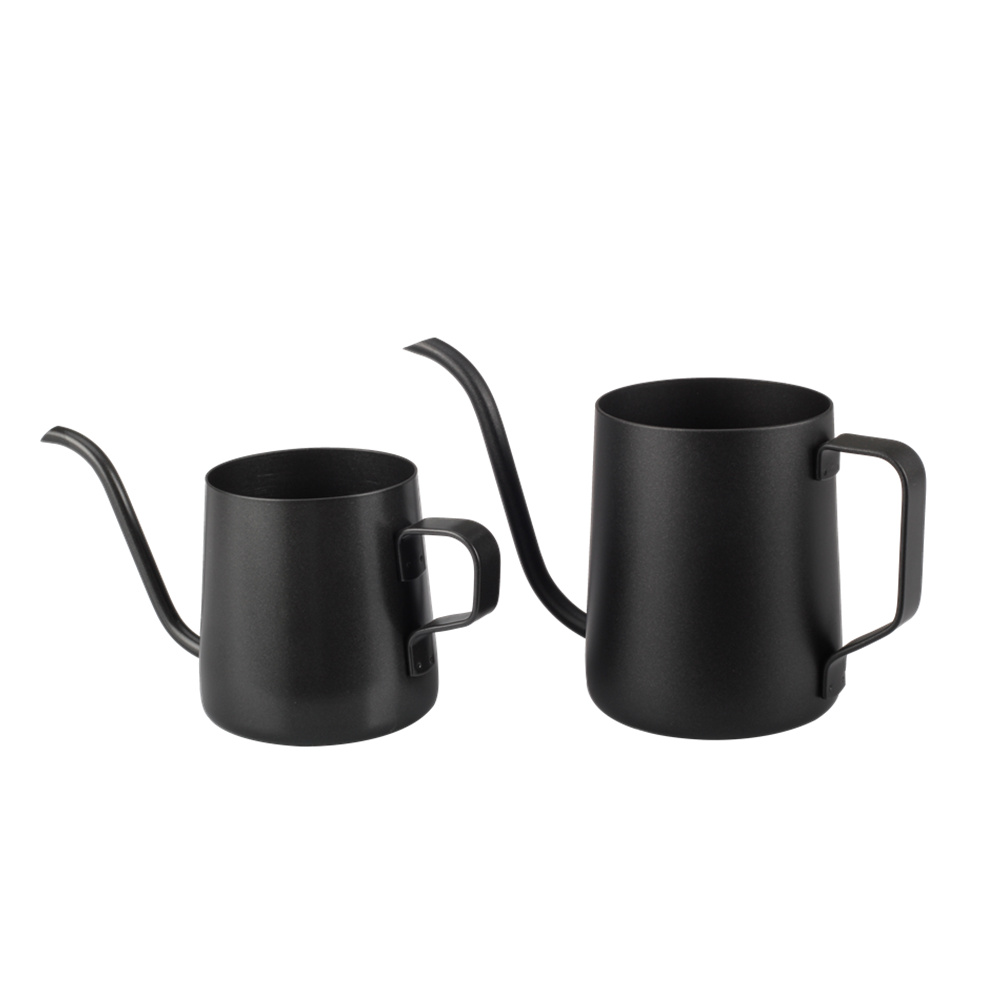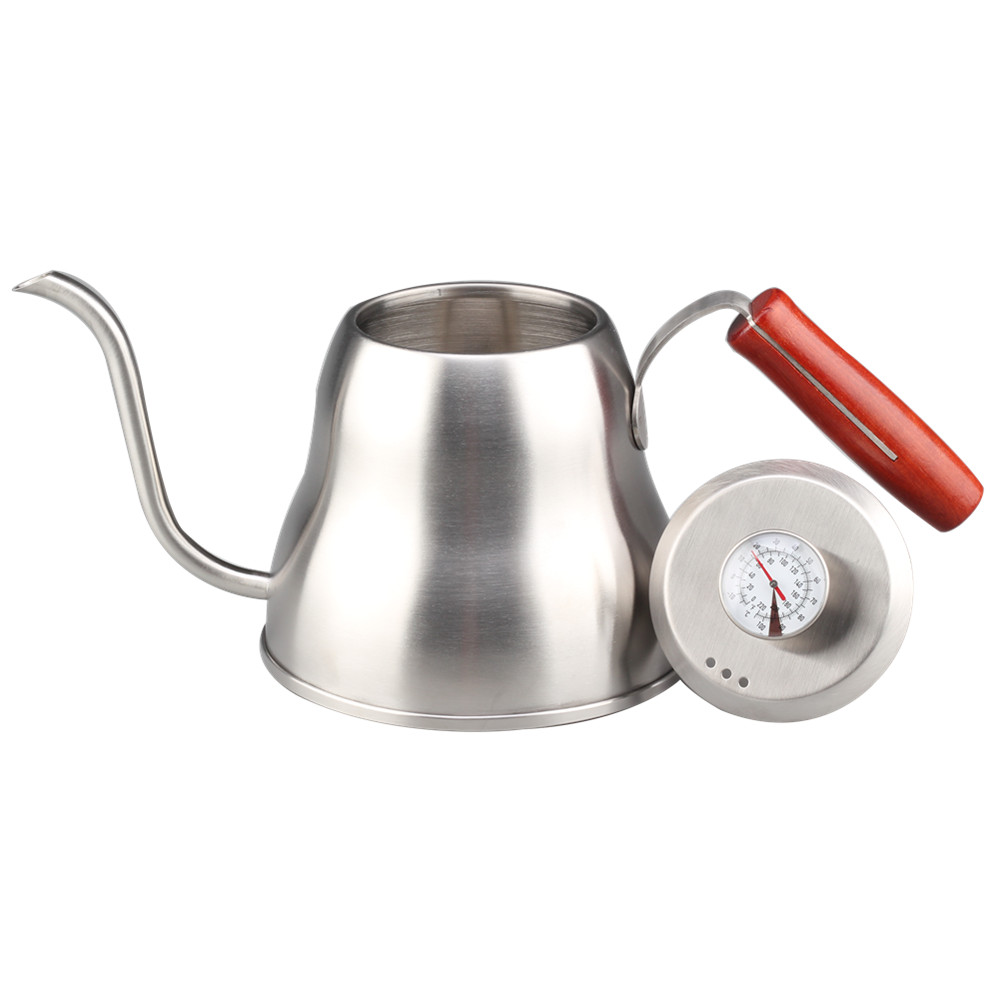When people plan to invest in computer direct plate making (CTP), they first focus on the workflow system and the plate making machine. To be precise, it depends on which plate-making system (platform type, inner drum type, or outer drum type) can meet the requirements of the enterprise, and which plate materials are matched with the system. This article analyzes the matching of CTP plate-making machine and plate materials, printing plate sensitivity, plate type, etc., hoping to have a certain reference value for the enterprise's investment decision.
Matching of plate-making machine and plate material
It is true that some plate imaging is linked to the structure of the plate-making machine. Therefore, when formulating the investment plan, the printing plate should be taken into consideration first. Figure 1 shows the matching of CTP systems with different light sources or thermal energy to the plates.
Figure 1: Spectrum
In Figure 1 is a band spectrum, corresponding to different spectral ranges (UV 405 ~ 410nm, infrared 830nm, etc.) there are a variety of printing plates to choose from. The sensitivity of the printing plate must be compatible with the light source or thermal energy of the plate-making machine.
The silver halide plate has a high sensitivity of 0.003mJ / cm2, the sensitivity of the photopolymerized plate is 0.05mJ / cm2, and the sensitivity of the thermal plate is about 150mJ / cm2. The processing-free printing plate will be described later.
For imaging silver halide plates, a 5mW UV diode is sufficient; the photopolymerized plate requires at least 30mW of energy. Some manufacturers have installed 60mW diodes into their CTP systems, and Krause-Biagosch even uses 100mW diodes, which greatly reduces imaging time and improves platemaking efficiency.
Thermally polymerized plates and processing-free plates require higher energy for imaging, and 1000mW infrared diodes are required. Traditional and insensitive plates are imaged on the CTcP system of BasysPrint and the Espresso system of Esko-Graphics, which requires UV light energy. In addition to the printing plates listed in Figure 1, there are also printing plates imaged with argon ion laser (488nm) and frequency-doubled Nd: YAG laser (532nm), but these lasers are mostly replaced by ultraviolet diodes, so new investment Is meaningless.
From infrared to ultraviolet
The first CTP systems were based on the inner drum and flat table structure of the film exposure machine. Because the light source of CTP (argon ion and Nd: YAG solid-state laser) is very expensive, and its service life is limited, the outer drum technology using infrared diodes is an ideal choice. Since Drupa 2000. Ultraviolet diodes squeezed into the market, rejuvenating the inner drum and flat table system. Coupled with the improvement of the photosensitive emulsion of the printing plate and the simplification of the development of the photopolymerization plate, the development trend is made clear. The main standard of ultraviolet laser investment: the investment cost of the inner drum system is at least 20% lower than that of the outer drum system, but it is comparable to the output efficiency and quality.
Back to infrared
possible! Because no printing plant would oppose plate making without developer, chemicals, development defects, discharge costs, and cleaning and operating costs. The treatment-free or chemical-free printing plate can approach the ideal goal, but the premise is to ensure the supply capacity and stable plate coating quality. Of course, the price must be moderate.
Currently. American plate manufacturer Presstek is relatively active in the processing-free printing plate market. Since Drupa 2004, Agfa has also developed Azura chemical-free printing plates. KPG's thermal direct processing-free printing plates, Fujifilm and Toray's processing-free printing plates are being tested. Polyester-based processing-free printing plates are also expected to be available in the near future.
Most plate manufacturers are based on polymer technology, and only Presstek's multi-layer plates use ablation. The company's Anthem plates need to be cleaned to remove the powder on the plates. Processing-free and chemical-free printing plates are mostly less sensitive than thermal plates. Therefore, infrared diodes can only be used for imaging. Presstek uses its own infrared diode Prfire-Excel on both its CTP system and its partner's DI presses.
(The thermal ablation technology used by Presstek's Anthem plate)
Generally, the processing-free printing plate can be directly printed on the printing machine after being plated by the CTP system, but the Agfa printing plate needs to be coated with protective glue. For this purpose, a glue coating section is connected to the Acento CTP system. According to Agfa, the glue coating protects the printing plate from mechanical damage.
The future is treatment-free
According to expert analysis, by 2006, processing-free plate imaging may be completed by 150mW (currently the highest 100mW) higher output power UV diodes. For imaging thermal plates and current processing-free plates, the required infrared diode power is up to 1000mW. Fujifilm strives to make the sensitivity of the processing-free printing plate and the thermal plate in the test consistent (approximately 150mJ / cm2 to achieve comparable throughput. However, the sensitivity of most processing-free printing plates is about 300mJ / cm2 Therefore, it is required to double the energy or extend the imaging time, but this reduces the production efficiency.
In addition, in the inner drum system, due to the large distance between the ultraviolet diode and the printing plate, plus the additional deflecting prism, the power loss is small. In contrast, in the outer drum system, many infrared diodes are directly arranged on the printing plate, and the power loss is large.
If the processing-free printing plates can be imaged with UV diodes, that is very reasonable. But from today's point of view, it will take time to realize this approach. Therefore, the current investment plan may not be considered.
Careful calculation
Plate manufacturers are generally reluctant to talk about the price of printing plates. They negotiate prices with individual customers. Taking 100 as the base price of traditional printing plates, the price of CTP printing plates is estimated to be 180 or higher, while the prices of silver halide, photopolymerization plates and thermal plates are somewhere in between. According to plate material manufacturers, the price of processing-free and chemical-free printing plates will reach 300 or higher. Whether these estimates are close to the true level, let us wait and see. But what is certain is that the more plates used by enterprises, the more disadvantageous it is to use processing-free plates. So within the range of the number of editions that is more appropriate? According to the data provided by Presstek, companies that use 7,000 to 8,000 square meters per year (equivalent to 150,000 to 180,000 B2 size plates) are more cost-effective to use processing-free and chemical-free processing plates.
In addition, it has been learned from many conversations with printing houses that medium-sized printing houses use B2 size printing presses, with an annual plate quantity of about 12,000. The cost of printing plates for external drum systems is still relatively high, which also means that treatment-free and chemical-free printing plates for B1 and VLF super-large sizes are still too expensive.
The prefect coffeeware for you to enjoy the handmade coffee-pour over coffee kettle. Select different capacity ,different function items or different color .We can provide the excellent OEM product for you to help you win the market .
For the pour over coffee kettle, some items can add the build-in thermometer ,change the material of the handle, require the color painting finishing ,we will try the best to provide the customized product. Or recommend the suitable one to you.
Any question or want to know more about it, please don`t hesitate to contact me .
Description of Pour Over Coffee Kettle
Size : 0.25L/0.35L/0.65L/1L/1.2L
Material: Body: SS304
Lid and Handle: SS304/wood/PP
Color :customized
Finishing: Satin polishing ,Mirror Polishing ,Color painting, Teflon painting
Logo: Laser logo, Etching logo, Silk printing logo, Embossed logo, Decal logo
MOQ : 2000 PCS
Packaging : White box, Mail box or Customized package
Sample Time : 7~10 days
Lead Time :60 days after have the deposit
Payment: T/T ,L/C or others
Payment term: 30% deposit before production and 70 % balance against the copy B/L



FAQ:
1:How can I get the sample?
We can provide the sample for customers to check the quality.
Please kindly provide the delivery info for calculate the sample cost. If you have DHL /TNT/UPS/FEDEX account, please also kindly provide it to us.
You can do the payment of sample via T/T and PayPal.
2:How about the sample time?
Usually the sample time is 7~10 days after have the sample cost.
3:How long will it take for mass production?
Usually 45~60 days after have the deposit.
4:Can we have our logo or company name to be printed on your products or the package?
Welcome OEM.
5:what certificate can you provide?
CE,CB,GS,FDA,LFGB,ROHS are available here.
6:How can we get your monthly new products announcement?
Please join our mailing lists.
Pour Over Coffee Kettle
Electric Kettle,Whistling Kettle,Pour Over Kettle,Gooseneck Tea Kettle
Jiangmen Wellway Houseware Co.,Ltd , https://www.wellwayhouseware.com